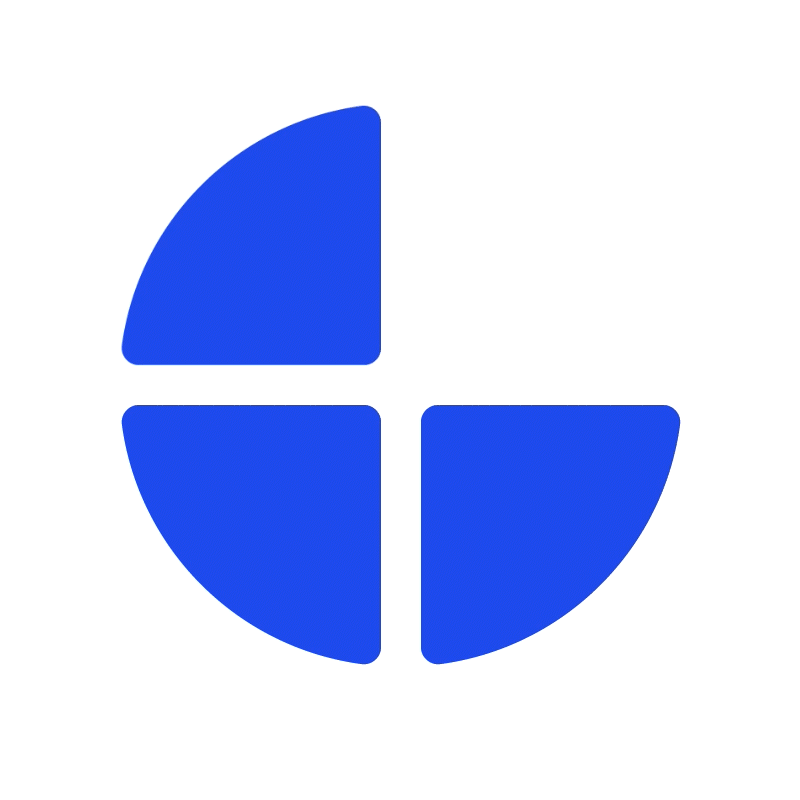oneCORE categorizes pages into 8 types and each type serves different usages and has different settings.
1. Page – to create and manage individual pages containing static content, such as terms and conditions, service information, etc. This page type supports page components.
Here are the settings of a page type “Page”:
1. Name*
This field supports a single language and is for admin use only.
2. Title
Page title is intended for use on the live website and also serves as a fallback for metadata.
3. Page url*
To set up a page URL. For the shops activating LanguageUrls feature, page URL can be set differently in each available language. Read more about How to set up multilingual URL.
4. Page layout*
To select the layout that serves as a master template of how the page will be displayed.
5. Short description
Page description is intended for use on the live website and serves as a fallback for metadata.
6. Image
To select the page image intended for use on the live website and in metadata.
7. Visible for achievement(s)
To restrict the page to be accessible only to logged-in shop users who have specified achievement(s).
8. Forbidden for achievement(s)
To hide the page from all shop users except logged-in shop users who have the specified achievement(s).
Note:
- If there are multiple achievements selected, shop users who have at least one specified achievement can see this page.
- If both are filled, only “Visible for achievement(s)” will be applied.
9. Active*
To activate or deactivate a page. An inactive page will not be accessible and visible on a sitemap and on other features in a system.
10. Indexing (Disable search engine indexing)
If marked, the system will add "noindex" to a page and remove page URL from a sitemap to prevent indexing content by search engines.
11. Metadata (JSON)
This field is not implemented with Page type.
*Required
2. Category – to create and manage pages which are used as category’s layout. One page can be used by multiple categories. This page type supports page components.
Here are the settings of a page type “Category”:
1. Name*
This field supports a single language and is for admin use only.
2. Title
Page title is intended for use on the live website and serves as a fallback for metadata.
3. Page layout*
To select the layout that serves as a master template of how the page will be displayed.
4. Short description
Page description is intended for use on the live website and serves as a fallback for metadata.
5. Image
To select the page image intended for use in metadata. There are 2 options:
- Category image – to use the 1st category image.
- Manual select – to use an image from a manual selection on this page. Options of images are from the media library.
6. Visible for achievement(s)
To restrict the page to be accessible only to logged-in shop users who have specified achievement(s).
7. Forbidden for achievement(s)
To hide the page from all shop users except logged-in shop users who have the specified achievement(s).
Note:
- If there are multiple achievements selected, shop users who have at least one specified achievement can see this page.
- If both are filled, only “Visible for achievement(s)” will be applied.
8. Indexing (Disable search engine indexing)
If marked, the system will add "noindex" to a page and remove page URL (all category URLs using this layout) from a sitemap.
9. Metadata (JSON)
This field is not implemented with Category type.
*Required
3. Product – to create and manage pages which are used as product’s layout. One page can be used by multiple products. This page type supports page components.
Here are the settings of a page type “Product”:
1. Name*
This field supports a single language and is for admin use only.
2. Page layout*
To select the layout that serves as a master template of how the page will be displayed.
3. Image
To select the page image intended for use in metadata. There are 2 options:
- Product image – to use the 1st product image.
- Manual select – to use an image from a manual selection on this page. Options of images are from the media library.
4. Indexing (Disable search engine indexing)
If marked, the system will add "noindex" to a page and remove page URL (all category URLs using this layout) from a sitemap.
5. Metadata (JSON)
This field is not implemented with Product type.
*Required
4. Blog – to create and manage pages which support a hierarchical structure – users can create a parent page and related child pages underneath. The sequence of pages can be easily rearranged by dragging and dropping them into the desired order. This page type supports page components.
Here are the settings of a page type “Blog”:
1. Name*
This field supports a single language and is for admin use only.
2. Title
Page title is intended for use on the live website and also serves as a fallback for metadata.
3. Page url*
To set up a page URL. Blog page has a hierarchical URL – the child page’s URL will automatically include the parent page’s URL as a part of its path. For the shops activating LanguageUrls feature, page URL can be set differently in each available language. Read more about How to set up multilingual URL.
4. Page layout*
To select the layout that serves as a master template of how the page will be displayed.
5. Short description
Page description is intended for use on the live website and serves as a fallback for metadata.
6. Image
To select the page image intended for use on the live website and in metadata.
7. Display product
To select the products related with this page. This function is scheduled for removal in the future.
8. Visible for achievement(s)
To restrict the page to be accessible only to logged-in shop users who have specified achievement(s).
9. Forbidden for achievement(s)
To hide the page from all shop users except logged-in shop users who have the specified achievement(s).
Note:
- If there are multiple achievements selected, shop users who have at least one specified achievement can see this page.
- If both are filled, only “Visible for achievement(s)” will be applied.
10. Active
To activate or deactivate a page. An inactive page will not be accessible and visible on a sitemap and on other features in a system.
11. Indexing (Disable search engine indexing)
If marked, the system will add "noindex" to a page and remove page URL from a sitemap to prevent indexing content by search engines.
12. Metadata (JSON)
This field is not implemented with Page type.
*Required
5. Account – to create and manage pages on Account functionality V1. This page type does not support page components.
Here are the settings of a page type “Account”:
1. Name*
This field supports a single language and is for admin use only.
2. Title
Page title is intended for use on the live website.
3. Display page on section
To select a section on an Account functionality menu where this page will appear underneath.
4. Page url*
To set up a page URL.
5. Page layout*
To select the layout that serves as a master template of how the page will be displayed.
6. Icon
To select the page icon which will appear on an Account functionality menu.
7. Visible for achievement(s)
To restrict the page to be visible only to shop users who have specified achievement(s).
8. Forbidden for achievement(s)
To hide the page from all shop users except those who have the specified achievement(s).
Note:
- If there are multiple achievements selected, shop users who have at least one specified achievement can see this page.
- If both are filled, only “Visible for achievement(s)” will be applied.
9. Active
To activate or deactivate a page. An inactive page will not be accessible and visible on other features in a system.
10. Metadata (JSON)
This field is to enter JSON data which connects a page with data from outsource. To manage this field, users a required to have “PageMetadataBlob” role.
*Required
6. Account V2 – to create and manage a page on Account functionality V2 which support a hierarchical structure – users can create a parent page and related child pages underneath. The sequence of pages can be easily rearranged by dragging and dropping them into the desired order. This page type supports page components. To manage this page type, users are required to have “AccountV2” role.
Here are the settings of a page type “Account V2”:
1. Name*
This field supports a single language and is for admin use only.
2. Title
Page title is intended for use on the live website.
3. Page url*
To set up a page URL. Account V2 page has a hierarchical URL – the child page’s URL will automatically include the parent page’s URL as a part of its path.
4. Page layout*
To select the layout that serves as a master template of how the page will be displayed.
5. Icon
To select the page icon which will appear on an Account functionality V2 menu.
6. Visible for achievement(s)
To restrict the page to be visible only to shop users who have specified achievement(s).
7. Forbidden for achievement(s)
To hide the page from all shop users except those who have the specified achievement(s).
Note:
- If there are multiple achievements selected, shop users who have at least one specified achievement can see this page.
- If both are filled, only “Visible for achievement(s)” will be applied.
8. Active
To activate or deactivate a page. An inactive page will not be accessible and visible on other features in a system.
9. Metadata (JSON)
This field is to enter JSON data which connects a page with data from outsource. To manage this field, users a required to have “PageMetadataBlob” role.
*Required
7. Orderflow – to manage content on orderflow. This page type does not support page components. Orderflow pages are configured from the system as follows:
- OrderflowShippingMethodDescription: A content will appear on shipment selection step.
- OrderIsPendingDescription: A content will appear when order is pending due to an unsuccessful payment.
- OrderIsProcessingDescription: A content will appear on confirmation step when order is in processing status.
8. System – to manage the system pages, including Not found, Shopping cart, Wishlist and Reviews. This page type supports page components.
1. Name*
This field supports a single language and is for admin use only.
2. Title
Page title is intended for use on the live website and serves as a fallback for metadata.
3. Short description
Page description is intended for use on the live website and serves as a fallback for metadata.
*Required





